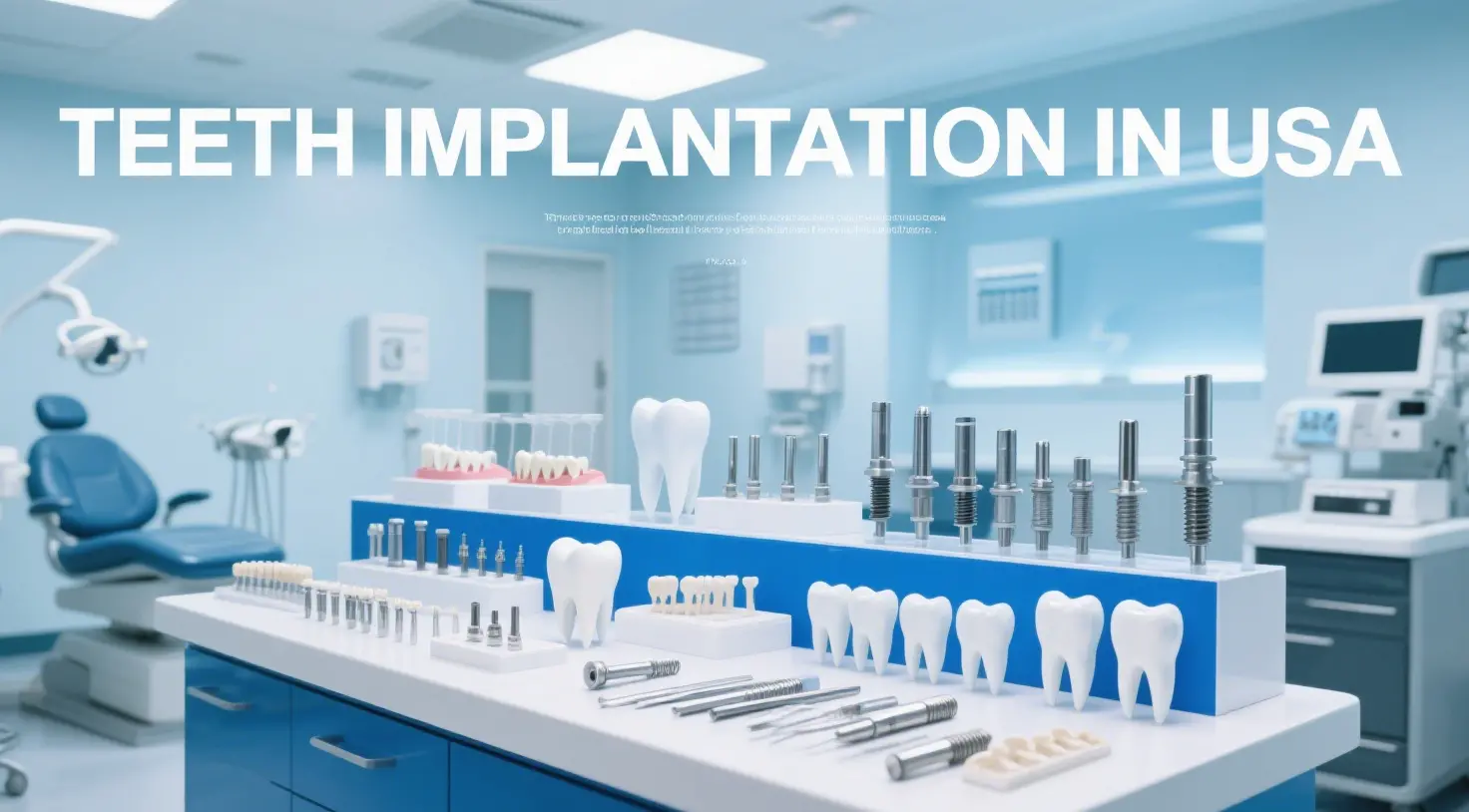Precision - Driven Surgical Techniques
One of the hallmarks of modern US dental implant procedures is the use of computer - guided implant surgery. By leveraging advanced imaging techniques such as cone - beam computed tomography (CBCT) and artificial intelligence (AI), dentists can create highly accurate 3D models of a patient's jawbone. This allows for precise planning of implant placement, reducing the risk of complications and improving the overall success rate. A study from leading dental research institutions in the US showed that computer - guided implant surgeries had a 98% success rate in achieving proper implant positioning, compared to 90% in traditional free - hand surgeries.

Revolutionary Implant Materials
The materials used in US dental implants have evolved significantly. Titanium has long been the gold standard due to its excellent biocompatibility. However, new variations and alternative materials are emerging. For example, zirconia implants are becoming increasingly popular. Zirconia is not only biocompatible but also has a more aesthetically pleasing appearance, closely resembling natural teeth. A recent clinical trial comparing titanium and zirconia implants found that both had high survival rates. After 5 years, titanium implants had a survival rate of 97%, while zirconia implants had a survival rate of 95%. The table below summarizes the key characteristics of these two common implant materials:
| Implant Material | Biocompatibility | Aesthetic Appeal | Survival Rate (5 - year) |
| Titanium | Excellent | Metallic look | 97% |
| Zirconia | Excellent | Tooth - like appearance | 95% |
Immediate Loading and Accelerated Healing
In the past, patients often had to wait months for their dental implants to integrate with the jawbone before getting a functional tooth replacement. Now, immediate loading techniques are more prevalent in the US. These techniques allow dentists to place a temporary crown on the implant immediately after implantation, enabling patients to start using their new teeth sooner. Additionally, advancements in bone - stimulating technologies, such as the use of growth factors and platelet - rich plasma (PRP), are accelerating the healing process. A study showed that with the use of PRP in implant procedures, the time to achieve osseointegration (the process of the implant fusing with the bone) was reduced by 20%, from an average of 12 weeks to 9.6 weeks.
Custom - Designed Implants with 3D Printing
3D printing technology has revolutionized the manufacturing of dental implants in the US. Dentists can now design and produce custom - made implants tailored to each patient's unique jaw anatomy. This not only improves the fit and stability of the implant but also enhances the overall treatment outcome. A case series of patients who received 3D - printed custom implants reported a 96% satisfaction rate, citing better comfort and functionality compared to standard off - the - shelf implants.
Breakthroughs in Nerve - Integrating Implants
A recent innovative development in the US is the concept of nerve - integrating implants. A research team at a renowned US university has been working on implant designs that aim to restore the sensory function lost with tooth extraction. Their experimental implants, with a special surface coating and design, showed promising results in animal studies. In early trials, it was observed that these implants could potentially stimulate nerve regeneration around the implant site, which could lead to a more natural - feeling chewing experience in the future. Although still in the research phase, this development holds great potential for the future of dental implants.
In conclusion, the field of dental implants in the United States is witnessing remarkable progress. From precise surgical techniques and advanced materials to faster healing and custom - made solutions, these advancements are improving the lives of countless patients with missing teeth. As research and innovation continue, we can expect even more exciting developments in the future of US dental implantology.
